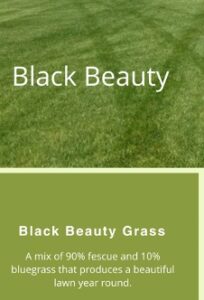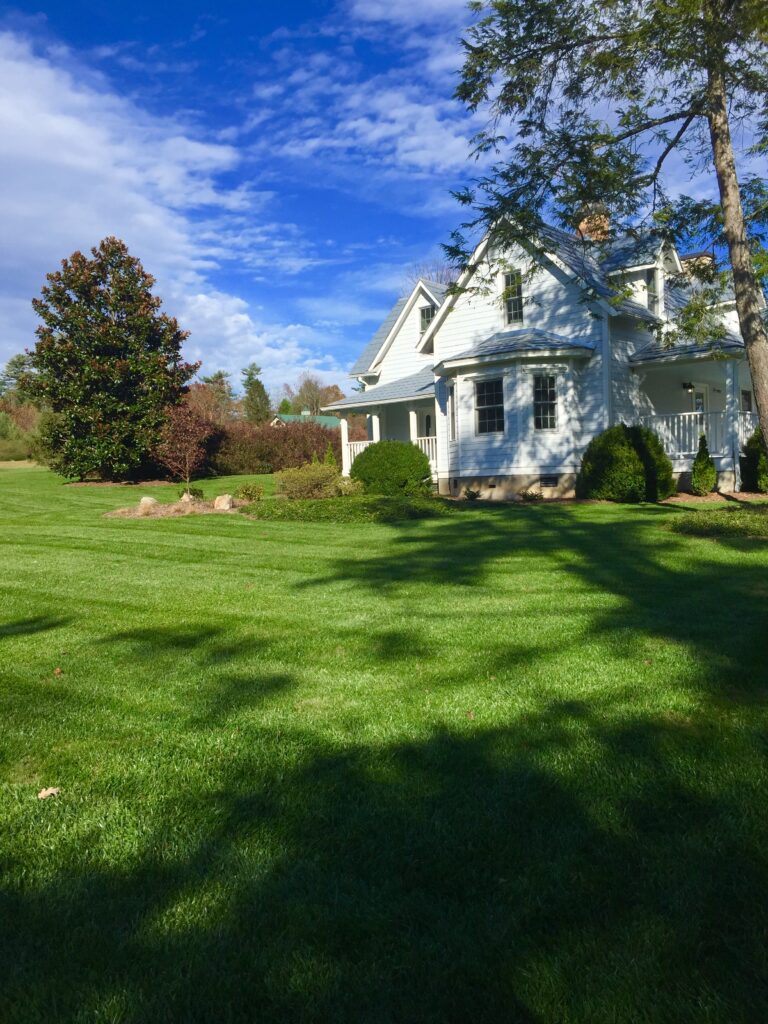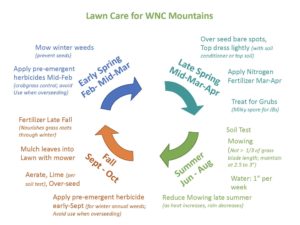Fall Planting Fescue Seed
go.ncsu.edu/readext?954276
en Español / em Português
El inglés es el idioma de control de esta página. En la medida en que haya algún conflicto entre la traducción al inglés y la traducción, el inglés prevalece.
Al hacer clic en el enlace de traducción se activa un servicio de traducción gratuito para convertir la página al español. Al igual que con cualquier traducción por Internet, la conversión no es sensible al contexto y puede que no traduzca el texto en su significado original. NC State Extension no garantiza la exactitud del texto traducido. Por favor, tenga en cuenta que algunas aplicaciones y/o servicios pueden no funcionar como se espera cuando se traducen.
Português
Inglês é o idioma de controle desta página. Na medida que haja algum conflito entre o texto original em Inglês e a tradução, o Inglês prevalece.
Ao clicar no link de tradução, um serviço gratuito de tradução será ativado para converter a página para o Português. Como em qualquer tradução pela internet, a conversão não é sensivel ao contexto e pode não ocorrer a tradução para o significado orginal. O serviço de Extensão da Carolina do Norte (NC State Extension) não garante a exatidão do texto traduzido. Por favor, observe que algumas funções ou serviços podem não funcionar como esperado após a tradução.
English
English is the controlling language of this page. To the extent there is any conflict between the English text and the translation, English controls.
Clicking on the translation link activates a free translation service to convert the page to Spanish. As with any Internet translation, the conversion is not context-sensitive and may not translate the text to its original meaning. NC State Extension does not guarantee the accuracy of the translated text. Please note that some applications and/or services may not function as expected when translated.
Collapse ▲Time To Seed Fescue Lawns
Fall is the best time for reseeding existing lawns or seeding new cool-season lawns. In western North Carolina, we primarily use cool season grasses and mostly fescue. Warm season grasses such as bermudagrass and zoysia are rarely used.
Why Plant Fescue in the Fall?
Cool season grasses are most active in the spring and fall, doing most of their growth during these seasons. We plant fescue in the fall because the grass has the entire fall, some parts of the winter when weather is mild and then the spring to get established. If you plant in the spring, the young grass can suffer in the heat of the following summer.
Young fescue seedlings normally emerge and grow best when air temperatures are between 70 and 80 degrees. Soil temperatures need to be greater than 60 degrees for good germination. So, it is generally better to go a bit early than seeding late. So try to get your seed out in late August through September.
Why Fescue?
Fescue is a tough and relatively easy grass to grow. It is best to choose a fescue blend. These grass mixes produce a high quality turf in western North Carolina and have been shown to be less susceptible to brown patch. Many seed mixes will contain tall fescue, Kentucky bluegrass (darker color and finer texture) and/or fine fescue (for shady areas).

Local Sod producer Turf Mountain Sod sells ‘Black Beauty’ fescue grass sod and seed at their Edneyville, NC location. It is a mix of 90% fescue and 10% bluegrass that produces a beautiful lawn year round.
How Much Seed Do I Need?
A typical fescue seeding rate is 5 to 6 pounds of seed per 1000 square feet. Germination will normally be in 7 to 21 days with soil moisture and correct soil temperatures. Before seeding core aerification is recommended to reduce compacted areas. Getting good soil to seed contact is paramount to maximize available soil moisture. The core aerification holes will capture seed and hold moisture so the tall fescue seedlings. Often seedlings will come up as a tuft of turf from the aerification holes.
Should I Fertilize New Seed?
Follow normal tall fescue or Kentucky bluegrass fertilization practices as outlined in Carolina Lawns. The suggested yearly nitrogen application is about 1.0 pound of nitrogen fertilizer per 1000 square at seeding. You can split the application using some at planting and some the next spring.
Perform a soil test every 5 years. Include phosphorus and potassium fertilizers if soil tests indicate there is a need. In the absence of a soil test, a 16-4-8 or similar N-P-K ratio fertilizer may be used this spring. Before additional fertilizer or lime is added, conduct a soil test.
*To apply 1 pound of nitrogen per 1,000 square feet: Divide 100 by the first number on the fertilizer bag to determine the amount of product to be used per 1,000 square feet. Example: Using a 16-4-8 fertilizer, 100 divided by 16 equals 6.25, therefore, 6.25 pounds of fertilizer per 1,000 square feet will deliver 1 pound of nitrogen.
How Much Water Will New Fescue Need?
If irrigation is available, set your controller within current water restrictions for your area. Irrigate early in the morning to reduce water loss due to evaporation. In the fall, one inch water per week of water (via rainfall or irrigation) is generally sufficient to meet the turf’s water needs.
Can I use Herbicides on Newly Seeded lawns?
No. Since seeds and seedlings may be damaged by some herbicide applications, fall seeded cool-season grasses should not have any herbicides applied until it is mature.
Proper Mowing Height
It is very important that tall fescue be maintained at the proper mowing height to allow it to mature before winter and to minimize weed incidence. Studies have shown that a 3½ mowing height provides the best growth condition while minimizing disease incidence and weed encroachment. A 3 to 3.5 inch mowing height is also a good height for tall fescue + Kentucky bluegrass.






